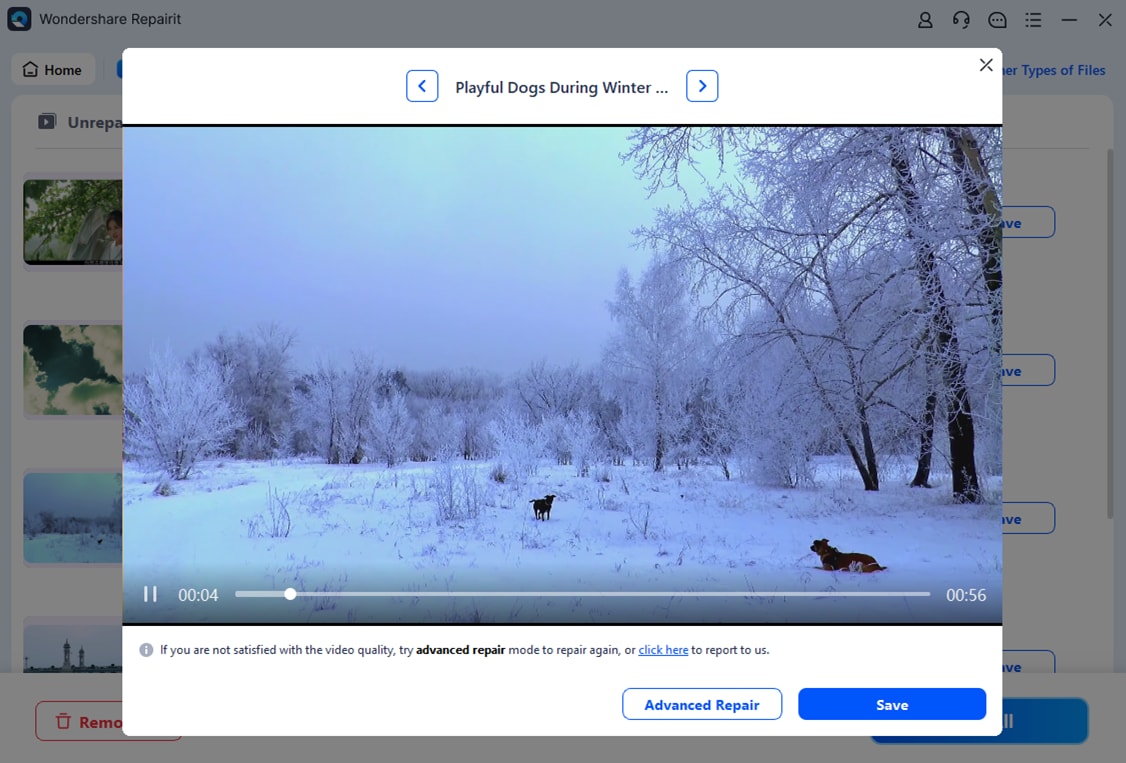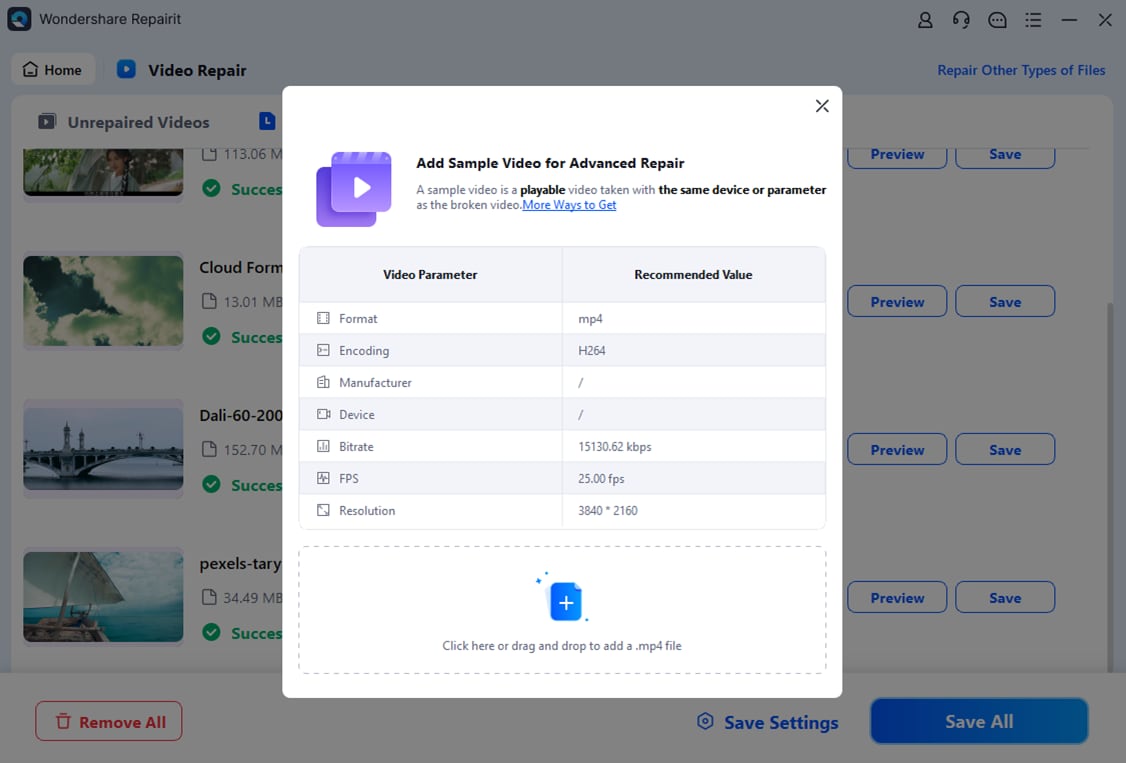Microsoft Teams is a widely used video meeting platform that offers seamless collaboration and communication for businesses and individuals. However, like any other softwares out there, it is not immune to technical issues. One common problem that users encounter is the camera not working in Microsoft Teams. This can be frustrating, especially when you have important meetings or presentations. Fortunately, there are several troubleshooting tips you can try to resolve this issue and get your camera working again. Let's dive into each of these troubleshooting tips in detail.
In this article
Understanding Why the Microsoft Teams Camera Is Not Working
When your camera is not working in microsoft teams and starts acting up, it can show problems like a blank screen, freezing, or no picture at all. Figuring out what's going on involves looking into a few common issues:
- Software Glitches: Temporary problems in the camera's software that can make it act strange.
- Driver Problems: Issues with the software that helps the camera talk to your computer. This can happen if the software is old or not working right.
- Permissions and Settings: Settings on your computer that might be blocking the camera from working, like when it doesn't have permission to do so.
- Hardware Issues: Physical problems with the camera itself, both inside and outside, that might be causing trouble.
Troubleshooting Camera Not Working On Microsoft Teams
Now that we've figured out the possible issues why your camera is not working on teams, let's look at simple solutions to fix them:
Fix 1: Check Hardware Connection and Camera Settings
One of the first things to check when your camera is not working in Microsoft Teams is the hardware connection and camera settings. Ensure that your camera is properly connected to your computer or mobile device. If you are using an external camera, make sure it is securely plugged in and powered on. Additionally, check if the camera is enabled in your device settings.
To access camera settings in Windows
Step 1: Click Start menu then select Settings.

Step 2: Go to Privacy and click on Camera.

Step 3: Make sure that the Camera access is turned on.
Step 4: Scroll down and enable the toggle for Allow apps to access your camera and Allow desktop apps to access your camera.


For Mac users
Step 1: Open the System Preferences. Click on Security & Privacy.
Step 2: Go to the Privacy tab and select Camera from the left sidebar. Make sure the checkbox next to Microsoft Teams is selected.

Fix 2: Manage App Permissions
In addition to enabling camera access in your device settings, it's crucial to ensure that Microsoft Teams has the necessary permissions to access your camera. If the app permissions are not correctly configured, your camera may not work as expected.
Here's how to do it in Google Chrome:
Step 1: Look for the lock icon in the address bar.
Step 2: In the dropdown menu, click on Site settings.
Step 3: Scroll down to the Permissions section and click on Camera.

Step 4: Select Allow and refresh the Microsoft Teams page.
Fix 3: Update Drivers and Software
Outdated camera drivers or software can often cause compatibility issues and prevent your camera from functioning correctly in Microsoft Teams. It's essential to keep your drivers and software up to date to ensure optimal performance.
To update camera drivers in Windows and Mac
Step 1: Press Windows key + .; select the Device Manager.

Step 2: Expand the Cameras category.

Step 3: Right-click on your camera device and select the Update driver.
Step 4: Follow the on-screen instructions of the update process.

For Mac users, camera drivers are typically included in the operating system updates. Ensure that you have the latest macOS updates installed by following these steps:
Step 1: Click the Apple menu; Select System Preferences.

Step 2: Go to Software Update and install any available updates.
To Update Microsoft Teams
Step 1: Open the Microsoft Teams. Navigate to your account profile picture in the top-right corner of the screen.
Step 2: Select Check for updates from the dropdown menu.
Step 3: If an update is available, follow the prompts to install it.

Fix 4: Resolve Conflicting Software
Conflicting software can interfere with Microsoft Teams' access to your camera. Some antivirus programs or firewall settings may block camera access for security reasons. Temporarily disabling such software can help identify if they are causing the camera issue.
To temporarily disable antivirus software:
Step 1: Search for the antivirus software on your device taskbar.

Step 2: Look for an action to disable or pause protection.
Step 3: Choose the appropriate option and confirm the action if prompted.

If you are unsure about making changes to your antivirus software or firewall settings, it's recommended to consult with your IT support or the software provider for guidance.
Fix 5: Improve Internet Connection
A poor internet connection or insufficient bandwidth can affect the performance of your camera in Microsoft Teams. Video and audio quality may suffer, or the camera may not work at all.
To improve your internet connection:
- Move closer to the Wi-Fi source to strengthen the signal or connection.
- Disconnect other devices from your network to reduce network congestion.
- Restart your router to refresh the connection.
- Contact your internet service provider and report any connectivity issues.
Fix 6: Test Camera with Other Apps
To determine if the camera issue is specific to Microsoft Teams or a broader problem, test your camera with other applications. If the camera works fine with other apps, it indicates that the issue lies within Microsoft Teams. However, if the camera does not work with any app, it may suggest a hardware problem or driver issue.
Consider testing the camera with applications such as Skype, Zoom, or the default camera app on your device. If the camera works in these apps but not in Microsoft Teams, continue troubleshooting using the following fixes.
Fix 7: Restart and Reset
Sometimes, a simple restart can resolve temporary software glitches or conflicts that may be causing the camera issue. Restart your computer or mobile device and relaunch Microsoft Teams to see if the camera starts working.
If restarting doesn't solve the problem, you can try resetting Microsoft Teams to its default settings. Note that resetting the app will remove any customized settings and preferences.
To reset Microsoft Teams:
Step 1: Close Microsoft Teams completely.
Step 2: Press the Windows key + . to open the Run dialog box.
Step 3: Type %appdata%\Microsoft\Teams and click OK.
Step 4: Rename the "desktop-config.json" file to desktop-config.json.old.

Step 5: Restart Microsoft Teams.
Fix 8: Contact Support
If none of the troubleshooting steps mentioned above resolve the camera issue in Microsoft Teams, it may be necessary to reach out to Microsoft support or your organization's IT support for further assistance. They can provide more advanced troubleshooting steps tailored to your specific situation.
Bonus Tip: Using Wondershare Repairit When Microsoft Team's Camera is Not working
If your Microsoft Team's Camera is not working, don't worry! Wondershare Repairit is a special tool to help you.
Wondershare Repairit Video Repair is primarily designed for fixing corrupted or damaged video files, so it may not directly address Microsoft Teams camera issues. However, here are some potential scenarios where Repairit or similar video repair tools could indirectly help in resolving issues related to Microsoft Teams camera not working:
| Camera Issue | How Repairit Helps |
| Corrupted Video Files Causing Camera Problems | If your Microsoft Teams camera issues are related to corrupted video files or recordings, Repairit can help repair these files. Corrupted video files can interfere with the overall functioning of the camera in certain applications. |
| Software Conflicts | Repairit can be useful if there are conflicts or issues with video playback software on your computer. Resolving video file corruption might indirectly contribute to a smoother operation of Microsoft Teams and its camera functionality. |
| Updating Video Codecs | Repairit may help in updating or fixing video codecs that Microsoft Teams relies on for camera functionality. Video codecs are essential for proper encoding and decoding of video files, and repairing them can potentially improve camera performance. |
| General System Stability | If your computer is experiencing general instability due to corrupted video files, it can affect various applications, including Microsoft Teams. Repairing these video files may contribute to a more stable system environment, potentially resolving camera-related issues. |
Now, let’s jump into the step-by-step guide to effortlessly repair your corrupted videos using Wondershare Repairit.
Step 1: Upload Your Corrupted Video in Wondershare Repairit
- Download and install Wondershare Repairit software on your Mac or Windows computer. Open the program.
- Click on the More Types Repair option, then select Video Repair. Now, click the + Add button to import your corrupted video files.

Step 2: Repair Corrupted Video in Wondershare Repairit
After adding your video files, Wondershare Repairit will display a list of the uploaded files and their details. Click the Repair button to start the video repair process.

Step 3: Preview and Save Your Repaired Video
Once the repair process is complete, you can preview the fixed video to ensure it meets your expectations. If you are satisfied with the repaired video, click the Save button to preserve the fixed video file to your desired location.

Step 4: Use Advanced Repair Mode
What if the videos are not repaired successfully?
If your videos were damaged severely and the initial repair process did not yield the desired results, you can move on to the Advanced Video Repair mode. This mode utilizes sample video files to increase the video repair rate. Ensure that the sample video is in MP4 format and originates from the same device.

Tips for Preventing Microsoft Teams Camera Not Working Issues
Now that you’ve finally solved your camera issues with MS Teams, let's talk about keeping it working properly for good:
- Regularly Update Teams: Keep Microsoft Teams updated for better performance.
- Operating System TLC: Make sure your computer gets regular updates for everything to work well.
- Check Compatibility: Before getting a new camera, make sure it works with Microsoft Teams.
Conclusion
In a nutshell, fixing your camera on Microsoft Teams is doable! Just follow the simple fixes, from checking connections to updating drivers. This guide helps with common issues like blank screens or freezing. Keep things smooth by staying updated and compatible. If you ever face video file trouble, tools like Wondershare Repairit are handy. With these tips, you'll breeze through camera challenges and ace your Microsoft Teams meetings!
FAQ
My camera is not working on Microsoft Teams. What should I do?
If your camera is not working on Microsoft Teams, there are several troubleshooting steps you can follow:1. Check the hardware connection
2. Manage app permissions
3. Update drivers and software
4. Resolve conflicting software
5. Improve your internet connection
6. Test the camera with other apps
7. Restart or reset Microsoft Teams if needed.
Why is my Microsoft Teams camera showing a black screen?
A black screen on your Microsoft Teams camera may be due to various issues such as software glitches, outdated drivers, conflicting software, or permissions problems. Follow the troubleshooting steps outlined in the blog to identify and resolve the specific issue causing the black screen.How often should I update Microsoft Teams to prevent camera issues?
Regularly updating Microsoft Teams is recommended for better performance and to address any potential bugs or compatibility issues. Keep an eye on updates and install them as they become available to ensure your software is running smoothly.


 ChatGPT
ChatGPT
 Perplexity
Perplexity
 Google AI Mode
Google AI Mode
 Grok
Grok

